How much of nutrients found in a lake actually originate from that lake? And from the surrounding grounds? From the ocean? In the new Oikos paper “Broad sampling and diverse biomarkers allow characterization of nearshore particulate organic matter” Alexander T. Lowe and colleagues study the flux of food across ecosystems. Below is their own summary of the paper:
The flux of food across ecosystem boundaries has important consequences for biological community and ecosystem dynamics. Nutrient poor environments are often subsidized by more productive adjacent habitats. For example, a kelp forest can support animals living in a deep submarine canyon through the transport of dead kelp. In marine and aquatic ecosystems, detritus, or decaying organic matter, produced through photosynthesis is thought to break down and mix into the water. This particulate organic matter (POM) can then be transported long distances by water motion, potentially feeding organisms living far away from the original location of photosynthesis.
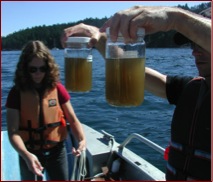
Researchers from the Friday Harbor Laboratories collect ‘raw’ POM samples. The complex mixture in these jars was dissected using counts and diverse biomarkers. Photo: A. Lowe.
The origin of this organic matter is impossible to visually identify once the source has broken down into microscopic detritus. In coastal oceans this food source could come from land or sea. It is therefore common to use biomarkers like stable isotopes or fatty acids to track organic matter through food webs. This type of food source tracking depends on the assumption that each source has a unique biomarker signature that does not overlap the signatures of other potential sources. Using this ‘unique signature’ approach, studies have found high utilization of terrestrial plant detritus in freshwater lakes and coastal marine ecosystems. Similarly, kelp particulate organic matter has been traced into suspension feeders in an array of marine ecosystems. We were interested in the availability of different food sources to organisms feeding on POM. Most studies focus on the consumers, reconstructing the assimilated food sources using mixing models and the unique signatures. This method is often criticized because it does not account for natural variability in the source signatures, which is rarely measured directly. So we took a different approach. We looked directly at the POM to address this question; being a group of ecologists faced with a problem, we tried to count our way out.
Instead of assuming fixed signatures for each source, we made detailed observations of the living and detrital components of the POM and compared them to the stable isotope and fatty acid signatures of same sample. We took advantage of the natural variability of the coastal, temperate environment of the San Juan Islands, Washington, USA to look at food sources available. We expected the distinct seasons to be characterized by variable mixes of riverine, marine benthic and pelagic, and terrestrial sources of productivity. This broad sampling design allowed us to look at the relationships among the abundance of each POM component and the stable isotopes and fatty acid signatures under a range of natural conditions.
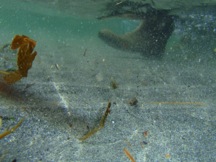
Nearshore suspended detritus in various stages of decay at Eagle Cove, San Juan Island. Photo: A. Galloway 2012.
What we found was 1) a lot of unidentifiable detritus and 2) an incredibly strong correlation among both biomarker methods and the phytoplankton component of the POM. Detrital particles numerically dominated every sample, which meant standard cell counts (especially those that ignore detritus) were potentially missing a big part of the story. So we adapted a point count method to estimate proportions of each category of POM (but did cell counts anyway). Phytoplankton abundance alone explained a lot of the variation in stable isotopes and fatty acids. Incorporating changes in the phytoplankton community explained even more of the variation in biomarker signatures. This signature overwhelmed the non-phytoplankton detritus, implicating phytoplankton as not only a major source of ecologically important fatty acids, but also as a major driver of the variation we see in biomarker signatures. Taking this result a step further we were able to establish the relationship between the proportion of each POM component and the biomarkers often reported to ‘identify’ them. Information that is critical for selecting and interpreting biomarkers. This simple method provided more information about source contribution than the ‘unique signature’ method and allowed us to pick apart the ever-present detritus. We advocate this method as a way to improve the use of biomarkers in complex ecological studies and to start making cross-system comparisons in order to better understand food sources available to POM consumers.
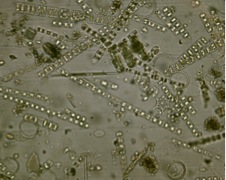
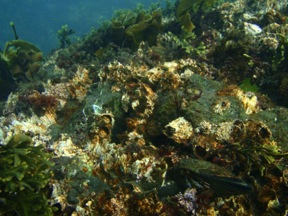

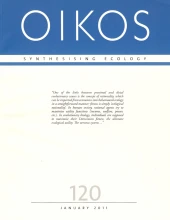
Leave a comment